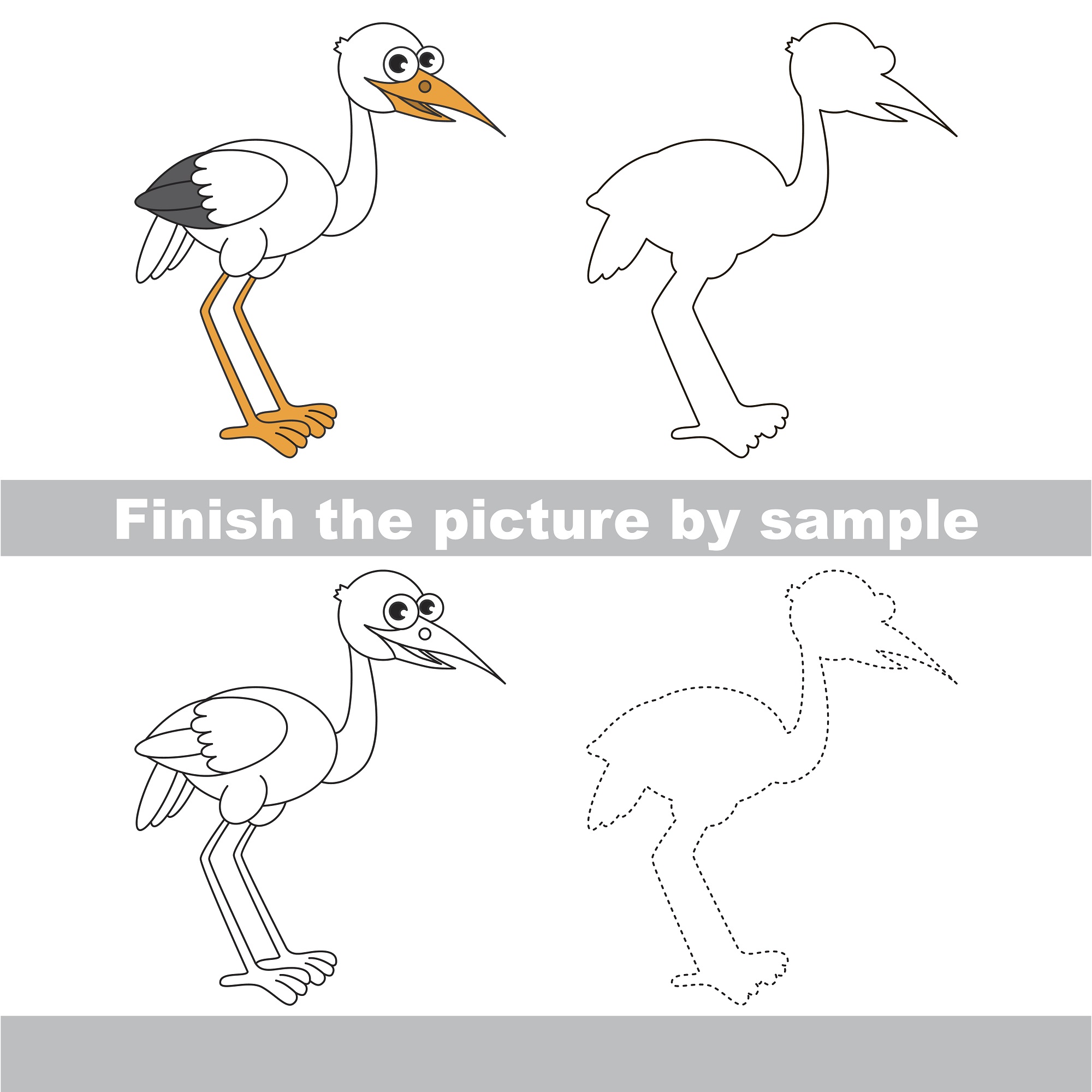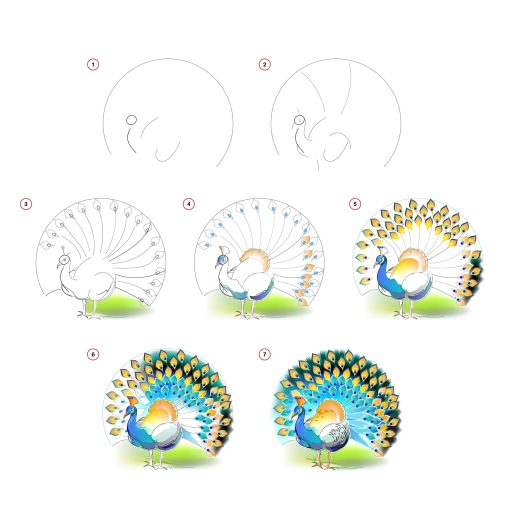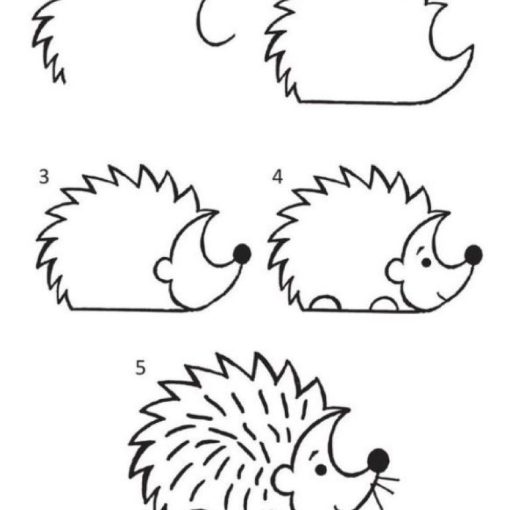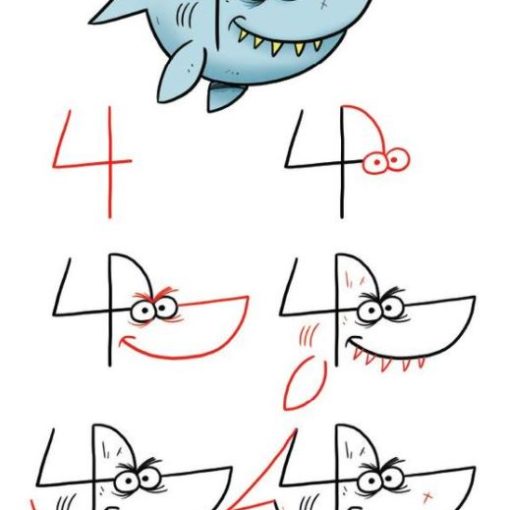Follow our easy tutorial and you will have your own heron drawing! This is a great instructional article to teach kids how to draw a heron.
Ever wanted to capture the elegance of a heron on paper? You’re in the right place. Drawing a heron might seem like a complex task, but with a little patience and practice, you can master this skill. This guide will help you understand how to draw a heron step-by-step.
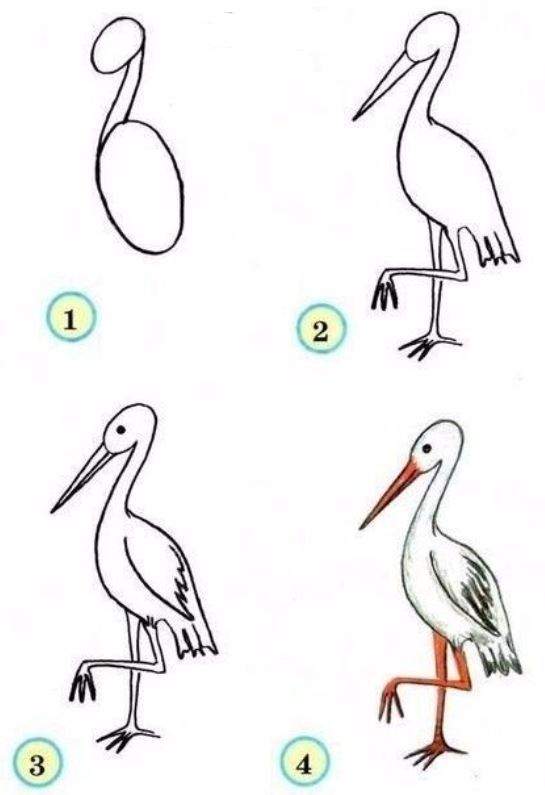
Understanding the Basic Structure of a Heron
Before we dive into the drawing process, it’s crucial to understand the basic structure of a heron. Herons have long, slender bodies with long necks and beaks. They have relatively large wings and long, thin legs that end in sharp claws. Getting familiar with these details will make your drawing process much smoother.
Materials Needed for Drawing
For this drawing exercise, you’ll need the following:
- A sketching pencil
- A piece of drawing paper
- An eraser
- A sharpener
- Colored pencils (optional)
Setting Up Your Workspace
A calm, well-lit workspace is essential for drawing. Set up your materials in an area where you have enough space to move your arm freely. Ready to dive in? Let’s get started!
Step-By-Step Guide to Drawing a Heron
Step 1: Drawing the Outline of Your Heron
Start by lightly sketching the basic shape of the heron – a long, oval body, a smaller oval for the head, and lines for the neck, legs, and beak. The body should be the largest part, with the neck curving gently from the body to the head.
Tips for Drawing the Outline of a Heron
Remember, it’s always easier to correct mistakes made with light lines. So, sketch lightly at first and refine your drawing as you go along.
Step 2: Drawing the Body of Your Heron
Once you’re happy with your outline, start fleshing out the body. Add more detail to the wings, tail, and chest area, keeping in mind the heron’s sleek and slender form.
Tips for Drawing the Body
Consider the heron’s feather structure while drawing the body. The feathers on the wings and tail tend to be longer and more pointed, while those on the chest are shorter and fluffier.
Step 3: Drawing the Head and Beak of your Heron
Next, refine the head and beak of your heron. Draw a sharp, pointed beak, perfect for catching fish. Herons also have a distinctive crest on their heads, so don’t forget to include that.
Tips for Drawing the Head and Beak
Pay close attention to the size of the beak in relation to the head. It should be almost half the length of the head. Also, ensure the beak is straight and pointed at the end.
Step 4: Drawing the Legs of Your Heron
Now it’s time to tackle the legs. Heron’s legs are long, thin, and end in sharp claws. Draw two parallel lines for each leg and a ‘U’ shape for the feet.
Tips for Drawing the Legs
Remember that the heron’s legs are almost the same length as its body. So, don’t draw them too short. Also, the claws are quite sharp, which aids the heron in hunting for fish.
Step 5: Adding the Finishing Touches to Your Heron Drawing
Finally, add any finishing touches you deem necessary. You can add more details to the feathers, define the eyes, or even create a background like a river or a marsh where herons are often found.

Frequently Asked Questions (FAQs)
1. What type of pencil is best for drawing a heron?
For sketching, a regular HB pencil would suffice. However, if you want to add more details or shadows, you might need a range of pencils from 2B to 6B.
2. How can I make my heron drawing more realistic?
Observation is key. Look at several pictures or, if possible, observe real herons to understand their structure and movements. Also, adding shadows and details like individual feathers can increase realism.
3. I’m not able to get the proportions right. What can I do?
Try using reference lines or grid technique to maintain the correct proportions. Also, practicing more will naturally improve your understanding of proportions.
4. Can I use colors in my heron drawing?
Absolutely! Herons are usually grey or white, with some species having more colors. Using colors can make your drawing more vibrant and realistic.
5. How can I improve my drawing skills?
Practice is the key to improving drawing skills. Also, experimenting with different techniques, styles, and mediums can expand your skills and creativity.
Conclusion
And there you have it – a step-by-step guide to drawing a heron! With patience, practice, and a keen eye for detail, you can create a beautiful heron drawing. Remember, every artist has their style and pace, so don’t rush. Enjoy the process and keep refining your skills.

